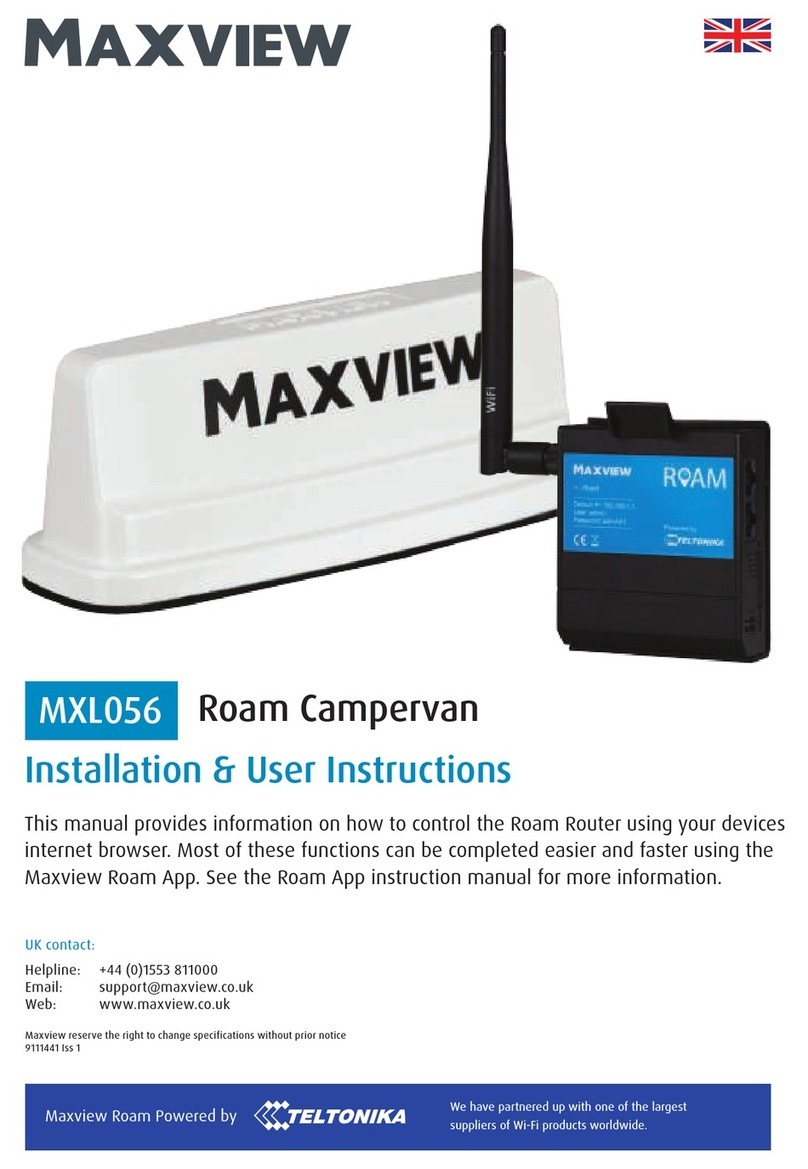4
8.4.12 SMS Data send week time schedule (ID=1273) ...................................................... 66
8.4.13 Authorized phone numbers (ID=1260-1270) .......................................................... 66
8.4.14 SMS Event PreDefined Numbers (ID=150-159)....................................................... 66
8.4.15 Operator List (ID=1271 X) ....................................................................................... 66
8.4.16 Black Operator list (ID= 1272 X) ............................................................................. 67
8.5 DATA ACQUISITION MODES PARAMETERS.................................................................................. 67
8.5.1 Home Network GSM operator code “Vehicle on STOP” parameters ...................... 67
8.5.1.1 Min Period (ID=1540) ......................................................................................................... 67
8.5.1.2 Min Saved Records (ID=1543)............................................................................................. 67
8.5.1.3 Send Period (ID=1544)........................................................................................................ 67
8.5.1.4 GPRS Week Time (ID=1545)................................................................................................ 67
8.5.2 Home Network GSM operator code “Vehicle MOVING” parameters..................... 68
8.5.2.1 Min Period (ID=1550) ......................................................................................................... 68
8.5.2.2 Min Distance (ID=1551)...................................................................................................... 68
8.5.2.3 Min Angle (ID=1552) .......................................................................................................... 68
8.5.2.4 Min Saved Records (ID=1553)............................................................................................. 69
8.5.2.5 Send Period (ID=1554) ....................................................................................................... 69
8.5.2.6 GPRS Week Time (ID=1555)................................................................................................ 69
8.5.2.7 Min Speed (ID=1556).......................................................................................................... 69
8.5.2.8 Min Speed Source (ID=1557) .............................................................................................. 69
8.5.3 Roaming Network GSM operator code “Vehicle on STOP” parameters ................. 69
8.5.3.1 Min Period (ID=1560) ......................................................................................................... 69
8.5.3.2 Min Saved Records (ID=1563)............................................................................................. 70
8.5.3.3 Send Period (ID=1564)........................................................................................................ 70
8.5.3.4 GPRS Week Time (ID=1565)................................................................................................ 70
8.5.4 Roaming Network GSM operator code “Vehicle MOVING” parameters ................ 70
8.5.4.1 Min Period (ID=1570) ......................................................................................................... 70
8.5.4.2 Min Distance (ID=1571)...................................................................................................... 70
8.5.4.3 Min Angle (ID=1572) .......................................................................................................... 70
8.5.4.4 Min Saved Records (ID=1573)............................................................................................. 71
8.5.4.5 Send Period (ID=1574)........................................................................................................ 71
8.5.4.6 GPRS Week Time (ID=1575)................................................................................................ 71
8.5.4.7 Min Speed (ID=1576).......................................................................................................... 71
8.5.4.8 Min Speed Source (ID=1577) .............................................................................................. 71
8.5.5 Unknown Network GSM operator code “Vehicle on STOP” parameters ................ 72
8.5.5.1 Min Period (ID=1580) ......................................................................................................... 72
8.5.5.2 Min Saved Records (ID=1583)............................................................................................. 72
8.5.5.3 Send Period (ID=1584)........................................................................................................ 72
8.5.5.4 GPRS Week Time (ID=1585)................................................................................................ 72
8.5.6 Unknown Network GSM operator code “Vehicle MOVING” parameters ............... 72
8.5.6.1 Min Period (ID=1590) ......................................................................................................... 72
8.5.6.2 Min Distance (ID=1591)...................................................................................................... 72
8.5.6.3 Min Angle (ID=1592) .......................................................................................................... 73
8.5.6.4 Min Saved Records (ID=1593)............................................................................................. 73
8.5.6.5 Send Period (ID=1594)........................................................................................................ 73
8.5.6.6 GPRS Week Time (ID=1595)................................................................................................ 73
Read chapter 8.5.1.4........................................................................................................................... 73
8.5.6.7 Min Speed (ID=1596).......................................................................................................... 73
8.5.6.8 Min Speed Source (ID=1597) .............................................................................................. 74
8.6 FEATURES PARAMETERS ......................................................................................................... 74
8.6.1 Green driving scenario (ID=1890) ........................................................................... 74
8.6.2 Green Driving digital output control (ID=1891) ...................................................... 74
8.6.3 Max Acceleration Force (ID=1892) ......................................................................... 74
8.6.4 Max Braking Force (ID=1893) ................................................................................. 74
8.6.5 Max Cornering Force (ID=1894) ............................................................................. 74
8.6.6 Overspeeding scenario (ID=1895)........................................................................... 75
8.6.7 Over Speeding digital output control (ID=1896)..................................................... 75
8.6.8 Max allowed speed (ID=1897) ................................................................................ 75
8.6.9 Jamming scenario (ID=1898) .................................................................................. 75
8.6.10 Jamming digital output control (ID=1899) ............................................................. 75
8.6.11 Jamming sensitivity (ID=1900)................................................................................ 75































